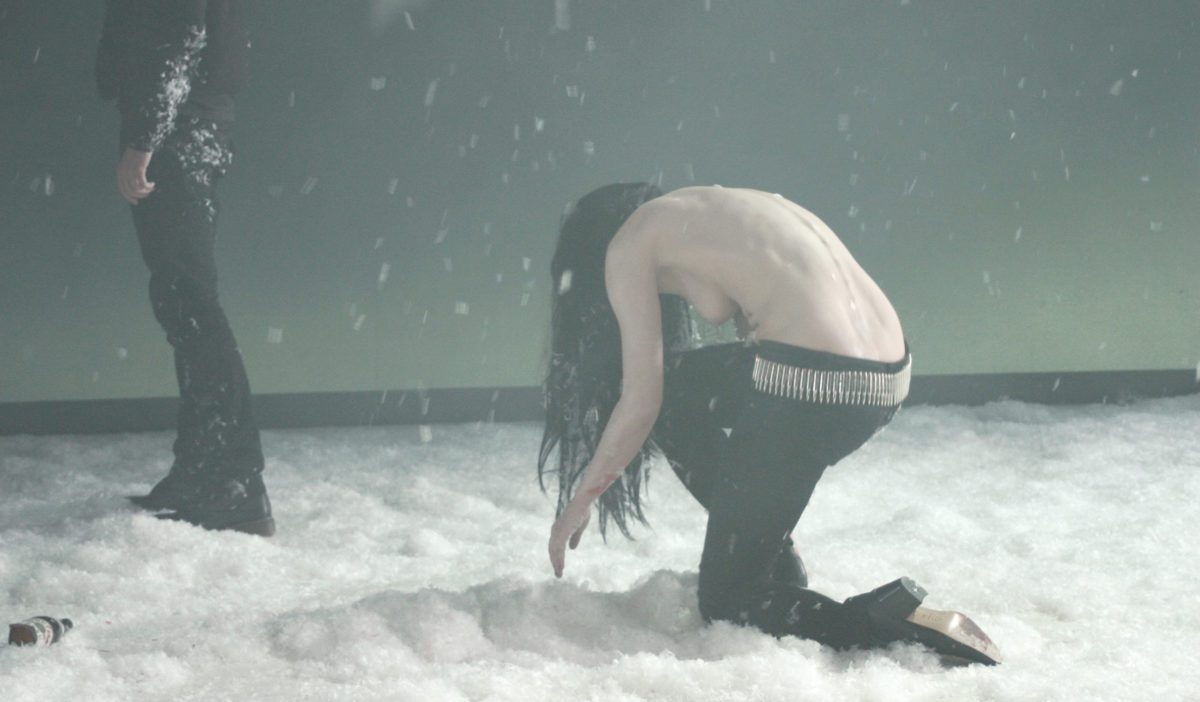
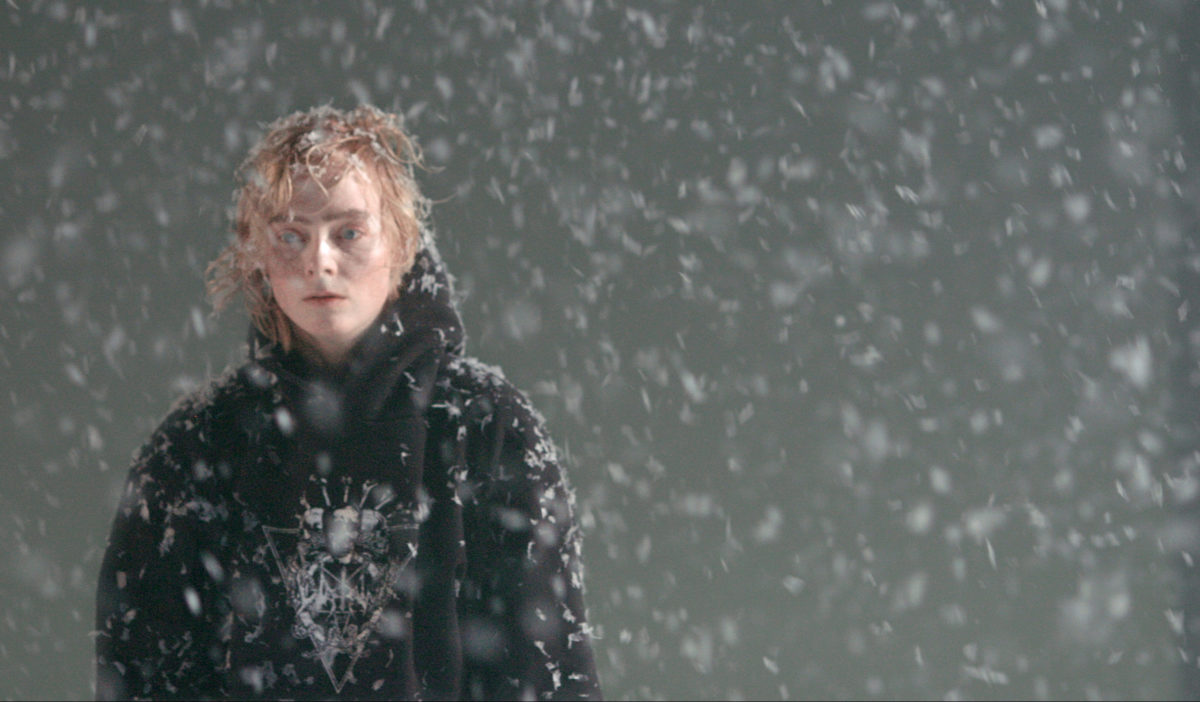
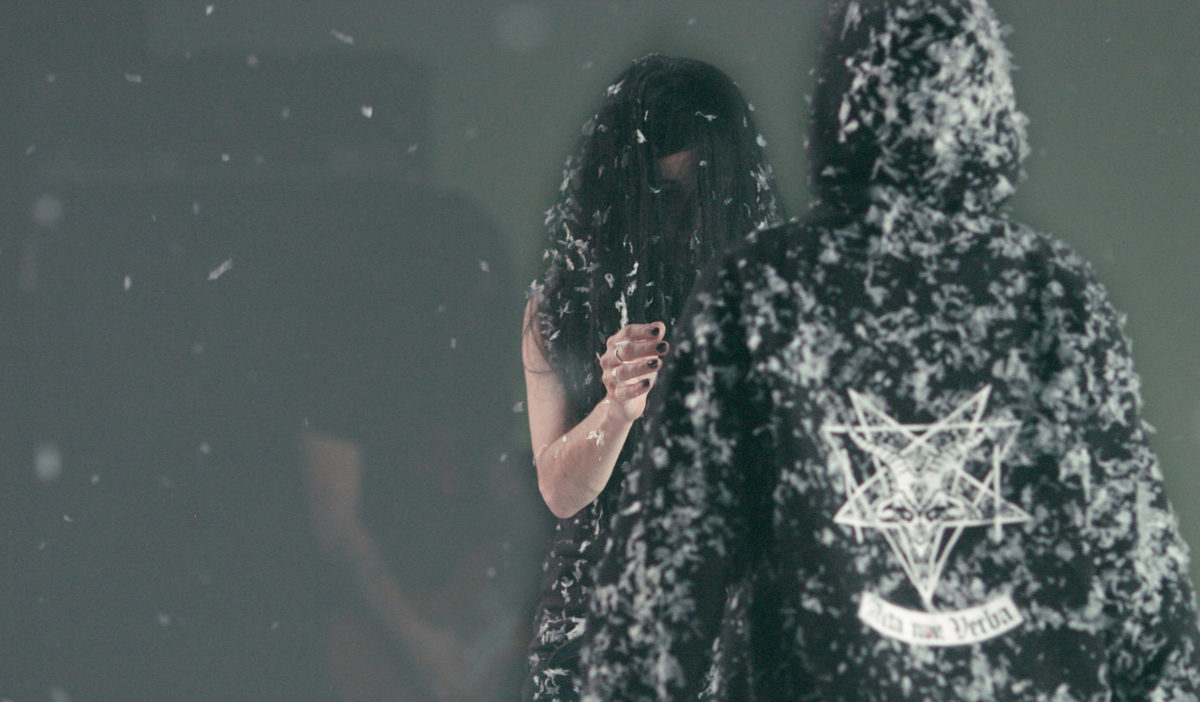
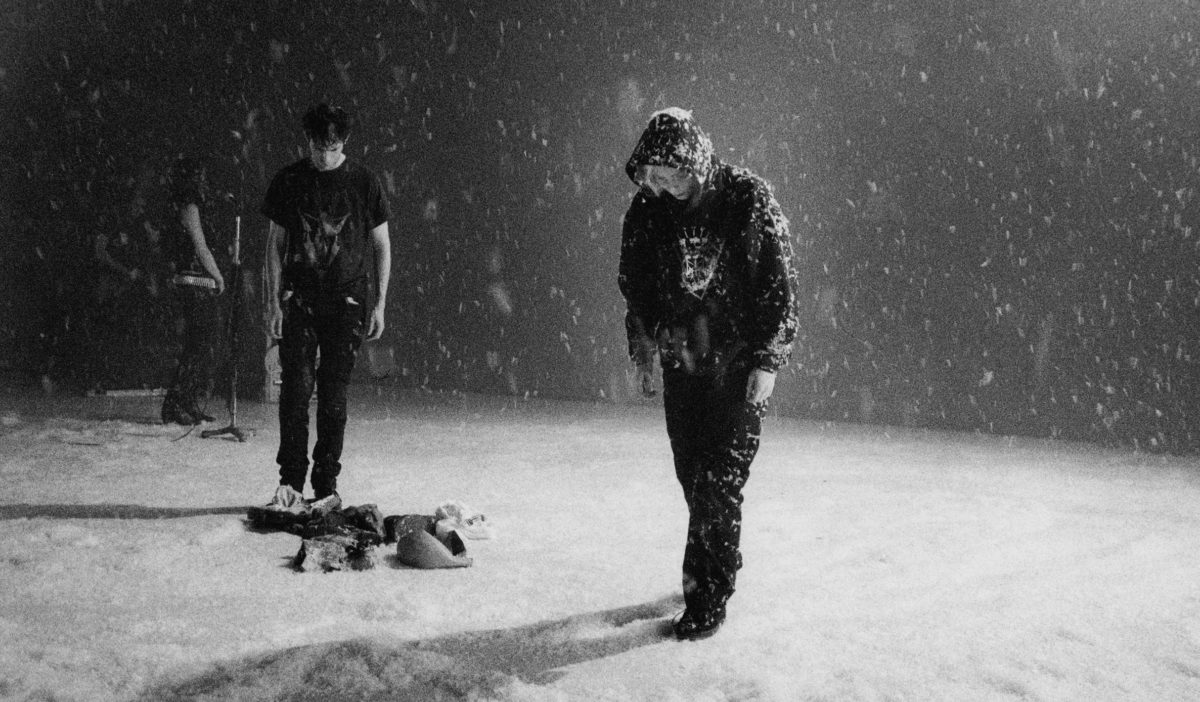
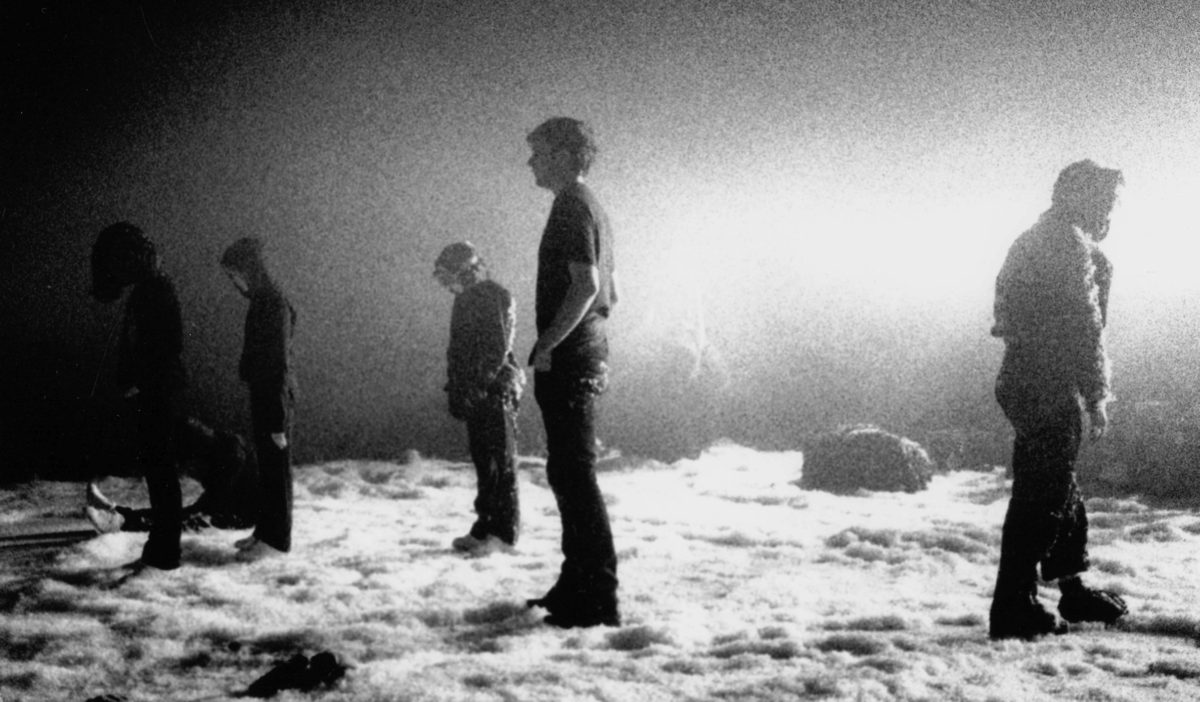
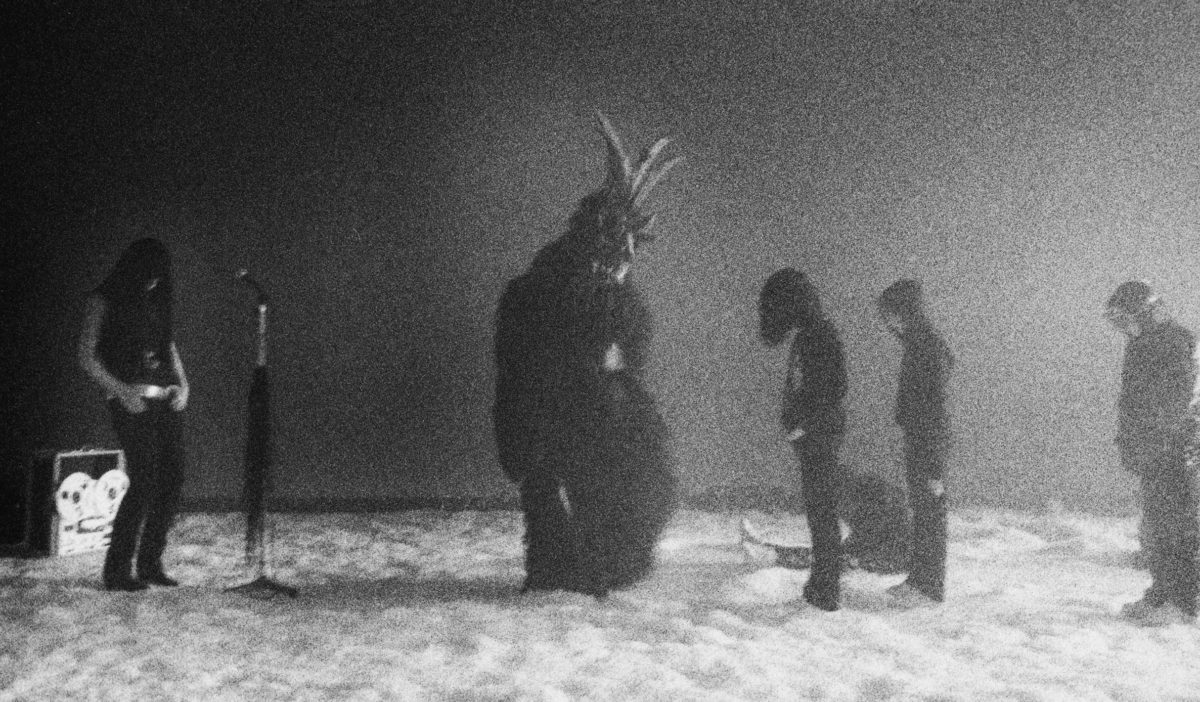
Kindertotenlieder
Cast
Created by Gisèle Vienne
Texts and dramaturgy by Dennis Cooper
Music by Stephen O’Malley, Peter Rehberg / KTL & “The Sinking Belle (Dead Sheep)” par Sunn O))) & Boris
Lights by Patrick Riou
Conception robots by Alexandre Vienne
Conception dolls by Gisèle Vienne
Creation dolls by Raphaël Rubbens, Dorothéa Vienne-Pollak, Gisèle Vienne, assisted by Manuel Majastre
Creation wood masks by Max Kössler
Make-up by Rebecca Flores
Texts traduced by Laurence Viallet
Voices Jonathan Capdevielle & Dennis Cooper
Performed by Sylvain Decloitre, Vincent Dupuy, Theo Livesey, Katia Petrowick & Jonathan Schatz
Original cast for the creation Jonathan Capdevielle, Margret Sara Gudjonsdottir, Elie Hay, Guillaume Marie and Anja Röttgerkamp
Assistant Anja Rottgerkamp
General manager Richard Pierre
Light manager Samuel Dosière
Sound manager Adrien Michel
Special thanks to Christophe Le Bris, Christophe Tocanier, Kenan Trevien, Arnaud Lavisse & David Jourdain
Thanks to Hortense Archambault and the whole team of MC93
Partners
Producer DACM
Coproducers Le Quartz – Scène nationale de Brest / Les Subsistances 2007, Lyon / Centre Chorégraphique National de Franche-Comté à Belfort in the frame of “accueil-studio” / Centre National de Danse Contemporaine d’Angers/ Holland Festival, Amsterdam / MC93 – Maison de la Culture de Seine-Saint-Denis / CN D Centre national de la danse.
With the support of Drac Rhône-Alpes – Ministère de la culture et de la communication / Région Rhône-Alpes / Ville de Grenoble / DICRéAM – Ministère de la culture et de la communication / Étant donnés, the French-American Fund for the Performing Arts, a program of FACE.
With the help of Centre Chorégraphique National de Montpellier Languedoc-Roussillon and Point Ephémère (Paris)
Acknowledgements to Les Ateliers de construction du Théâtre de Grenoble, Didier Boucher, Patric Chiha, Etnies, Simone Hoffmann, Antoine Masure, Minijy /Clara Rousseau, Séverine Péan, Sophie Metrich, le Théâtre de l’Odéon – Paris, Jose Enrique Ona Selfa for the costumes, Loewe, Troubleyn / Jan Fabre & Mark Geurden, Enrique Urrutia, Remy Vidal, Alexandre Vienne, Jean-Paul Vienne & Esther Welger-Barboza
With the support of CN D Centre national de la danse and MC93 for the re creation in 2021
Presentation
Kindertotenlieder examines the representation of dread, in relation to the representation of death, and the constant proximity in which it remains with human properties such as the body physical appearance and behaviour. The representation of dread and the horrifying leads to what Sigmund Freud called the “uncanny”: the representation of something both familiar and alien, and consequently disturbing. It therefore constitutes a great trigger of cathartic experiences characterising ceremonies, rituals and shows, such as the one we are concerned with.
The stage, in this case, and in general, is a place where one can call to and resuscitate the dead. Between dream and reality, performers blend in the play, through their appearance and movements, with other characters represented by artificial or altered bodies – moving or limp – who create this feeling of the uncanny linked to death by mimicking life.
My work usually centres on the relationship between natural and artificial bodies. On this project, it will be more precisely focused on how the body is represented in traditional Austrian iconography. This will allow me to tackle the issue of the representation of death and the horrifying.
More particularly, Kindertotenlieder works on the custom related to the “Perchten”, creatures who appear mid-winter to offer protection against demons and to punish cursed souls. This custom is still alive today and stirs in us fantasies of cruelty, innocence and expiation.
Through this work, I am keen to examine the meaning of the fantasies expressed through this custom.
I would also like to explore the confusion that may occur between the official events where this fantasy is expressed – such as ceremonies – and reality.
Dennis Cooper will write a text exploring these issues. If my work so far was dealing with the relationship between truth and fiction in a personal and intimate setting, this new work examines the confusion between fantasy and reality in a collective context.
History
-
06, 07, 08, 09 October 2021Centre Pompidou, Paris (FR) as part of the Festival d'Automne à Paris
-
17, 18 June 2021
-
07 June 2018Israel Festival, Jerusalem (IS) with the support of Institut français in the frame of Season France-Israel 2018
-
13, 14, 15 December 2016
-
27, 28 October 2016
-
01 November 2014
-
29, 30, 31 October 2014
-
24, 25 October 2014
-
24, 25 September 2014
-
08, 09 March 2013
-
05 March 2013
-
21 May 2011
-
05, 06, 07 May 2011
-
16, 17 December 2009
-
26, 28 November 2009
-
06, 07 June 2009
-
21 November 2008
-
27, 28 September 2008
-
24, 25 May 2008
-
03, 04 May 2008
-
24, 25, 26, 27, 28, 29 April 2008
-
16 November 2007Festival Les Grandes Traversées, Bordeaux (FR)
-
08, 09, 10 November 2007
-
06 November 2007
-
21 October 2007
-
16, 17 October 2007
-
12 October 2007
-
26, 27 August 2007
-
24, 25, 26 May 2007
-
01, 02, 03 March 2007
-
28 February 2007
